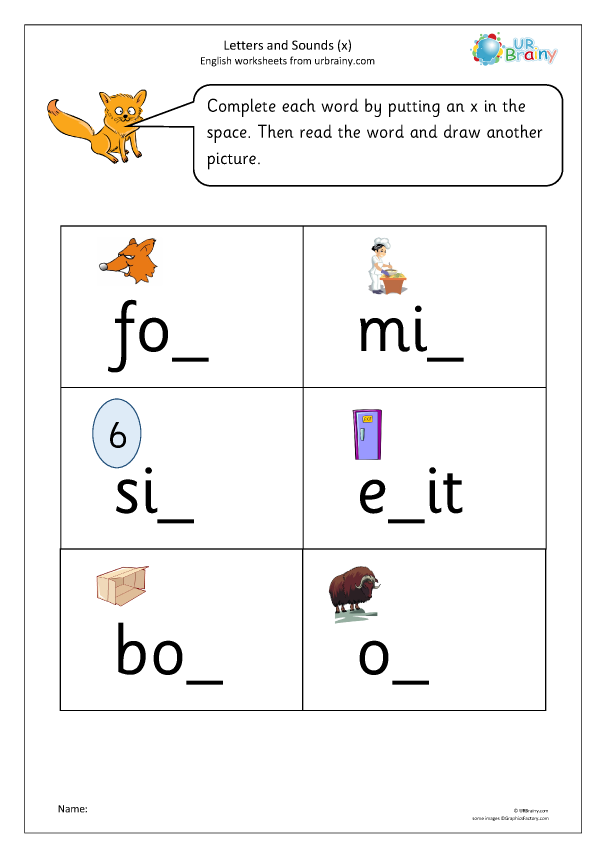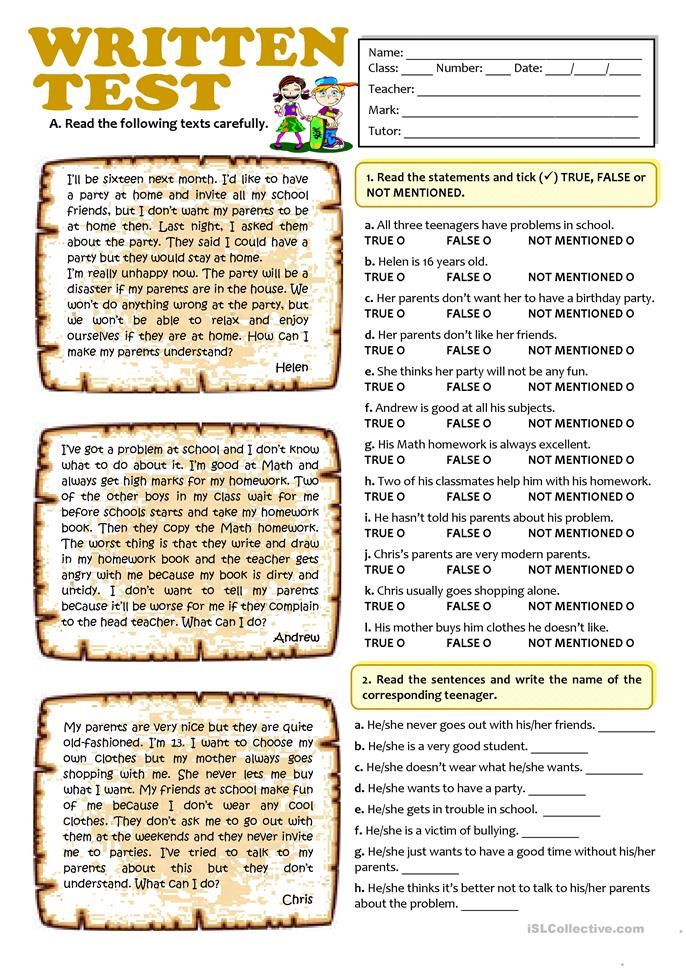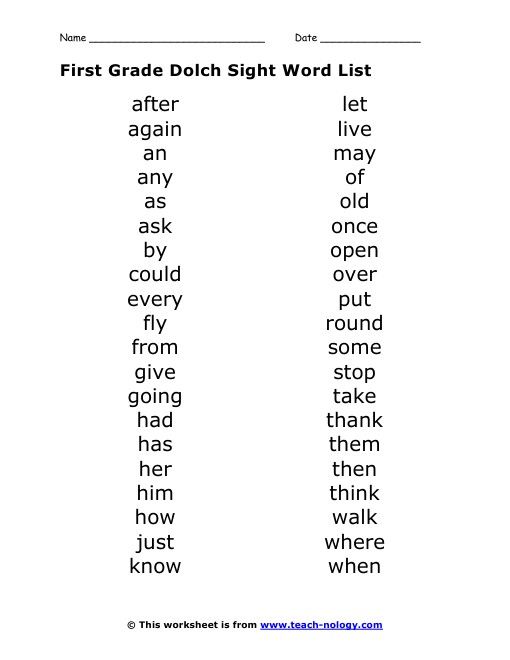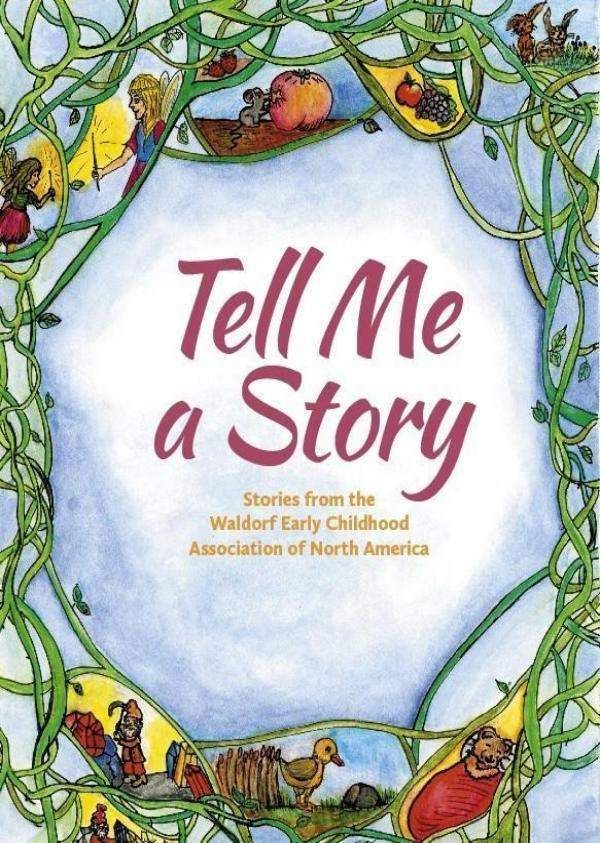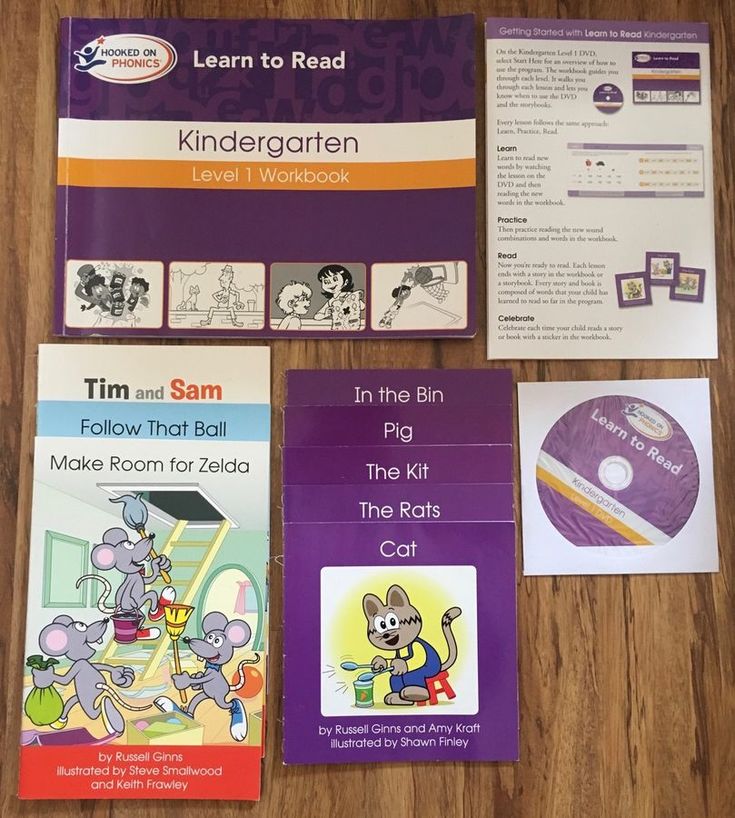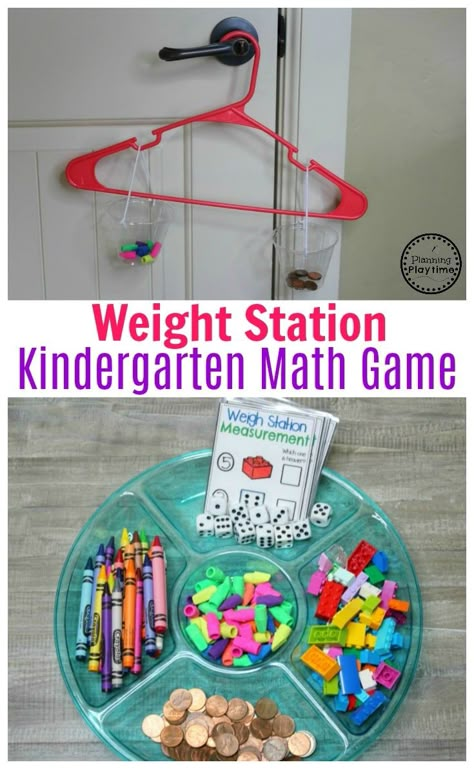Letter sound videos for kindergarten
Videos for Learning Letter Sounds
Last updated on January 5, 2022
Don’t waste time searching for videos on YouTube! I’ve compiled a list of my five favorite tried-and-true videos for teaching and learning letter sounds.
It’s the 21st century, and we know that videos are highly engaging for kids and adults alike. So why not use videos for teaching and learning?
I love using videos with my kindergarten students, especially my English language learners (ESL/ELL students). There’s just something about songs that helps learning “stick.”
You can use educational videos to open a lesson, as a warm up, to fill in the small time gaps during the day, or as a review at the end of the day.
I’ve scoured YouTube for videos for learning letter sounds. Here are the top five videos that I recommend!
Learning Videos for the Classroom
While I personally believe these videos are appropriate for preschool, kindergarten and first grade classrooms, remember that there can often be inappropriate ads before and after YouTube videos. Also, I always recommend previewing the full video before showing it to your class.
If you plan to show YouTube videos in your classroom, I highly recommend that you read this blog post by Catherine, the Brown Bag Teacher. She shares three ways to eliminate YouTube video ads so that you can safely play these learning videos in your classroom.
Without further ado, here are five fabulous videos for teaching and learning letter sounds in the classroom!
Videos for Learning Letter Sounds
1. Have Fun Teaching’s Alphabet Song
This video is perfect for practicing letter names and sounds. It says the names of the letters clearly as they appear, which provides great visual repetition. It also a catchy song and is well-loved by students.
2. The Letter Factory Letter Sounds
This video is a kindergarten teacher favorite! It has all of the clips and songs from the Letter Factory video.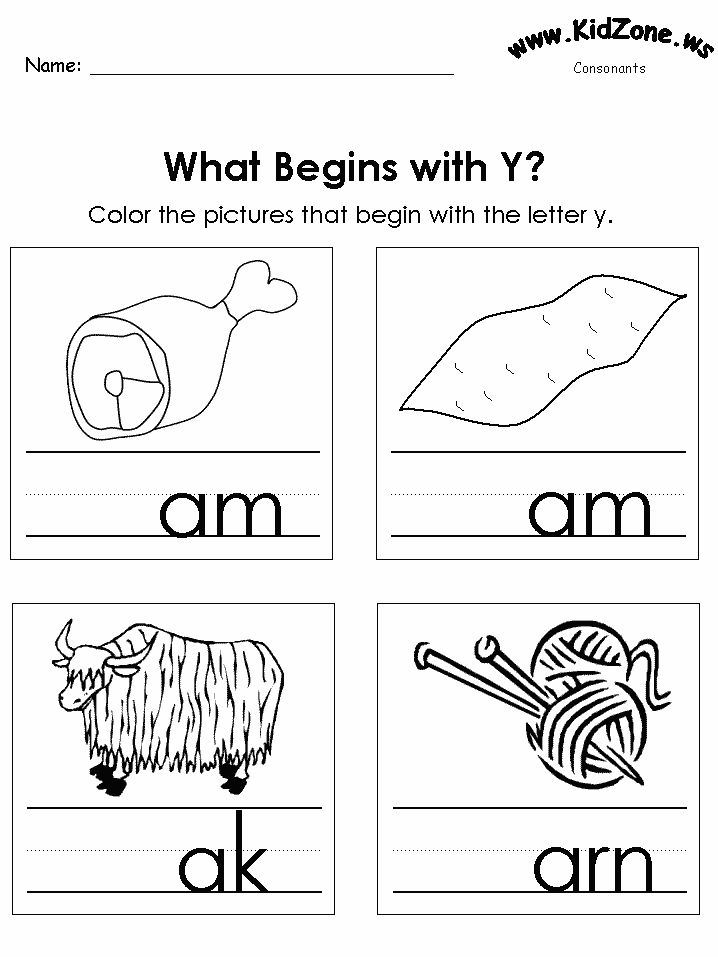 Each sound is sung many times. The letters are shown so students can connect the sounds to the letters. There are also many word/sound connections. For example, “l” is sung by licking lollipops.
Each sound is sung many times. The letters are shown so students can connect the sounds to the letters. There are also many word/sound connections. For example, “l” is sung by licking lollipops.
[Note: Every time I start open the link to this video, it begins the video at 50 seconds in, which is the letter E. To start at the letter A, just click on the beginning of the video so it starts at 0:01.]
If you like this video, you can purchase the whole thing as a DVD or even stream it from Amazon! [affiliate]
3. Learning Letter Sounds
Have you heard of Jack Hartmann? He has some amazing educational videos on YouTube. In this video, Jack is “on the beach.” He reviews all the letter names and sounds in order. He also acts out each beginning sound as the word/object is displayed on the screen. I love that he focuses on building brain and body connections!
4. Act Out the Alphabet
This is great for English language learners! In this video, Jack acts out the alphabet (in order). It’s kinesthetic, so there’s a movement for every letter sound. For each letter, he says the letter name, letter sound, a word that starts with the letter and acts it out in a way for students to mimic.
5. Letter Sound Automaticity
This video is more “advanced” because it practices the letter sounds out-of-order (just like Move & Master Fluency Tables – Alphabet Edition)! It mixes lowercase and uppercase letters and it includes long vowel sounds, too! As it shows each letter, it gives 4 seconds of wait time for students to say the letter sound before Jack reinforces it by saying it in the video. Each letter sound is reviewed twice.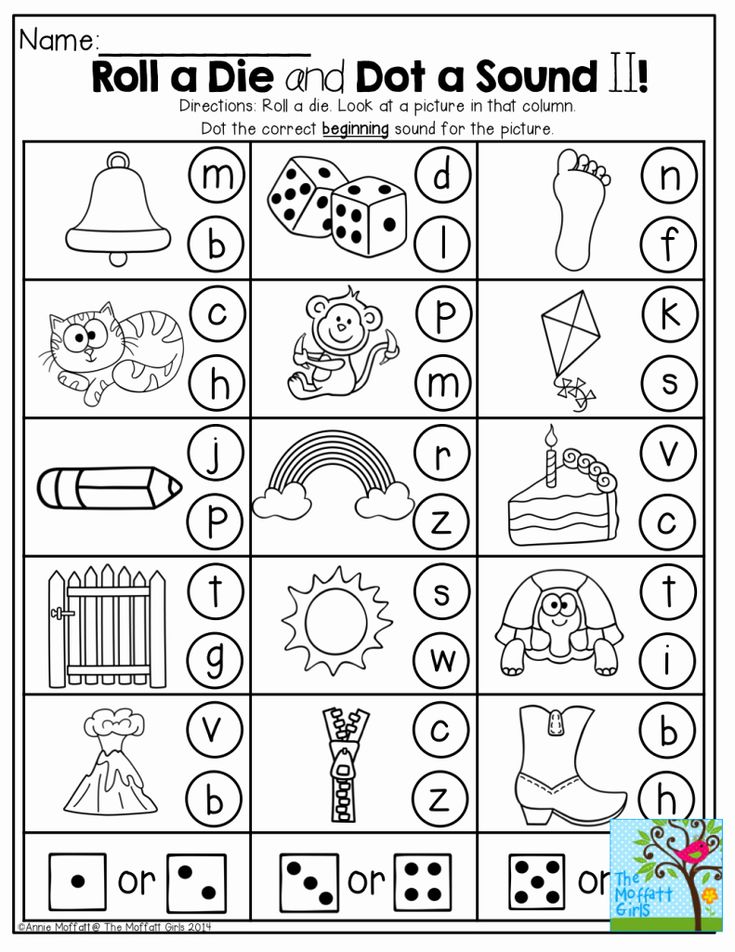
Do you know of any videos for teaching letter sounds?
What do you think? Do you have any videos you could add to the list? If so, please let me know in the comments below! I would love to update this post with more videos. 🥳
FREE Phonics Resource
If you’re teaching letter sounds, you’ll probably be interested in this FREE “Help Your Child Learn to Read” brochure for your students’ parents!
About the Author
Lauren
I help elementary teachers streamline their phonics and reading instruction by giving them all of the information and resources they need to maximize every reading lesson and raise their students reading levels once and for all.
You May Also Enjoy These
Reader Interactions
Phonics Made Fun with Videos
Make phonics learning fun using these engaging videos in the classroom! Here are some captivating videos to help keep phonics lessons interesting for young learners! Get kids singing and dancing the letters of the alphabet along with their sounds with these fun videos!
Alphabet Videos
These phonics videos include the entire alphabet. Scroll down for videos that target individual letters and their corresponding letter sounds.
Scroll down for videos that target individual letters and their corresponding letter sounds.
Alphabet Song – Have Fun Teaching
The name says it all! These Phonics videos are boatloads of ‘phonics learning fun’ for young learners! The lively music in this video, coupled with bold colors holds the kiddos’ attention keeping them focused as they learn to identify letters and their corresponding sounds.
Phonics Fun – Animal Alphabet Move and Groove
Kids move and groove with Jack Hartmann, making silly animal gestures while having fun learning the alphabet. This video displays each letter, provides the corresponding sound, displays an animal along with its name that begins with the matching letter sound. Each animal has a special movement to further engage students as they learn the alphabet!
I find this added motion has an amazing carry-over when students are practicing during other phonics activities! A simple quick motion has kids recalling letter names and sounds so unbelievably fast! It’s like phonics magic!
Phonics Made Fun – Act out the Alphabet Video
Engage students with creative active movements with this kinesthetic letter sound song. Students ‘act out’ the alphabet while learning letter names and sounds!
Students ‘act out’ the alphabet while learning letter names and sounds!
What Do the Letters Say? Phonics Video
Kids practice letter names and sounds while singing along in this fun ‘What Does the Fox Say’ parody.
Lowercase Letter Formation – Letters of the Alphabet
This next, phonics video is a great way to introduce letter writing to young learners! Kids use their arms to ‘write’ the letters in the air! The video uses Zaner – Bloser instructions for writing lowercase letters. You can find the Uppercase version of the video here.
Sesame Street: Usher’s ABC Song
Kids really enjoy dancing and singing the letters of the alphabet along with the Muppets and the famous Usher!
Watch Letters Get Down- Reggae Remix
Mr. B gets kids moving and learning letter names and sounds with this Reggae Remix phonics video. Kids learn fun dance moves to help them recall the letters of the alphabet.
Individual Letter VideosHave Fun Teaching Phonics – Individual Letters
Have Fun Teaching also has individual videos for every letter of the alphabet! Once you move to focus on each individual letter and letter sound more in-depth Have Fun Teaching has the most engaging videos for them all! Each video provides repeated practice with exposure to the letter visually, the letter sound, then images that have the corresponding letter sound within them (usually the beginning sound with the exception of vowels, yes they have a vowel song too!)! You get a ton of practice with multiple skill levels in each video!
Letter M Song
Get Squiggling Letters
This next phonics series comes with a complete phonics lesson for each letter! Phonics learning is easily made fun when you use these engaging videos in the classroom! Squigglet starts with a short fun song that includes the entire alphabet and word with a corresponding letter sound, before starting a short but impactful lesson on a particular letter.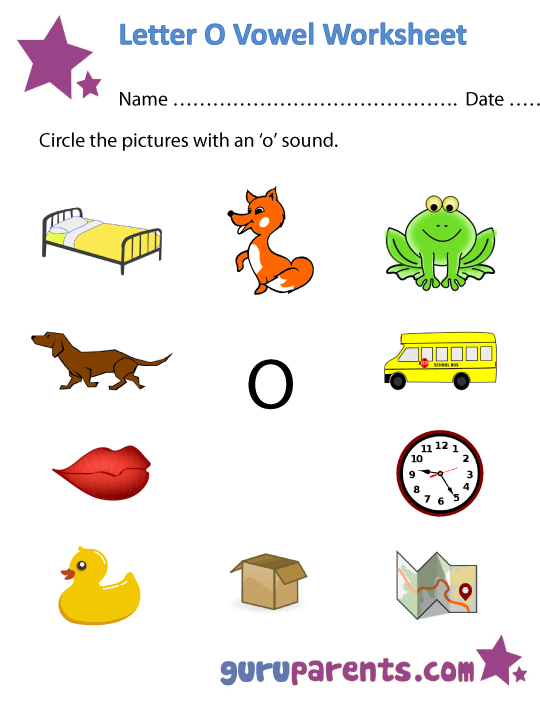
He then introduces the focus letter by modeling how to write the letter and sharing a few words with corresponding letter sounds. Then he moves on to tell a fun story that includes a plethora of words (pictures) with the focus letter-sound sprinkled throughout highlighting them in the tale.
The lesson wraps up with a short clip of children joining the lesson to model how to write the focus letter. This is a great opportunity to let students record each other ‘modeling’ how to write the focus letter! It really encourages them to stay on task and do their best each time they write.
Fluency & Fitness+
Want to combine fluency and fitness in the classroom? Check out these videos from my Fluency&Fitness+ program which does an amazing job at getting the kids moving while keeping them engaged in fluency practice activities!
Finally, these interactive videos combine engaging phonics fluency practice with fitness! Fluency & Fitness+ videos get kids moving while practicing letter name and sound fluency, along with so many more skills!
Check out our previous post with FREE counting videos!
VIDEO lessons for children 4-5 years old
Read more Apply
4-5 years old
VIDEO lessons
Specialists of the DIVO Center have developed video lessons for different age groups, taking into account the age characteristics and capabilities of the kids.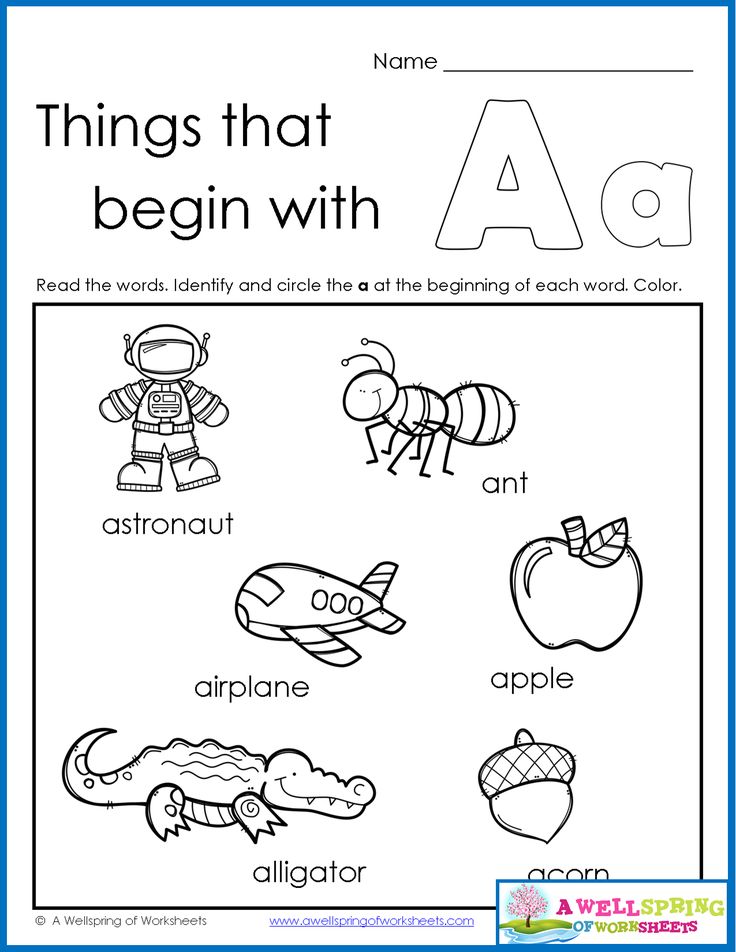
These are not separate games and tasks aimed at the formation of point skills, but a well-thought-out, built-in system of work, which also gives high results in an online format and maintains the quality of education.
Our integrated approach to distance learning contributes to the all-round development of the child.
All classes of the online program of the DIVO Center are SYSTEMATIZED and follow the principle “from simple to complex”.
The course of one month of training consists of 12 video lessons, which include various activities in the main areas of child development.
WHAT YOUR CHILD WILL LEARN IN OUR COURSE:
SPEECH DEVELOPMENT - 4 lessons:
- development of the sound side of speech (development of phonemic hearing, the ability to hear, distinguish and highlight sounds in words)
- vocabulary enrichment with different parts of speech, generalizing words, words with similar and opposite meanings
- formation of the grammatical structure of speech (coordination of words, formation of the form of words, construction of sentences)
- development of coherent speech (compilation of descriptive, narrative stories with the help of an adult)
- familiarity with the elements of literacy (acquaintance with the graphic writing of letters, creating conditions for the formation of reading skills)
BASICS OF MATHEMATICS - 4 lessons:
- formation of ideas about the properties of objects (color, shape, size), identification of similarities and differences, drawing up patterns,
- work with diagrams, tables, symbols,
- comparison of sets by pairing (equal, greater than, less than),
- familiarity with the numbers 1-10, counting up to 10, correlating the number and number, building a number series 1-10, ordinal counting,
- comparison of objects by length, height, width, thickness, ordering of values
- orientation in space, in time
- familiarity with flat and three-dimensional geometric figures,
- development of fine motor skills
ENVIRONMENT AND CREATIVITY - 2 classes:
- expansion of ideas about the world around: seasons, animal, plant, object, social world, safety rules, space
- performance of productive activities: modeling, drawing, applique, familiarization with various creative techniques
PSYCHOLOGY - 2 lessons:
- development of communication skills
- development of the emotional sphere
- development of cognitive mental processes: memory, attention, thinking, perception, imagination
The full course of the annual training consists of 9 months of comprehensive studies.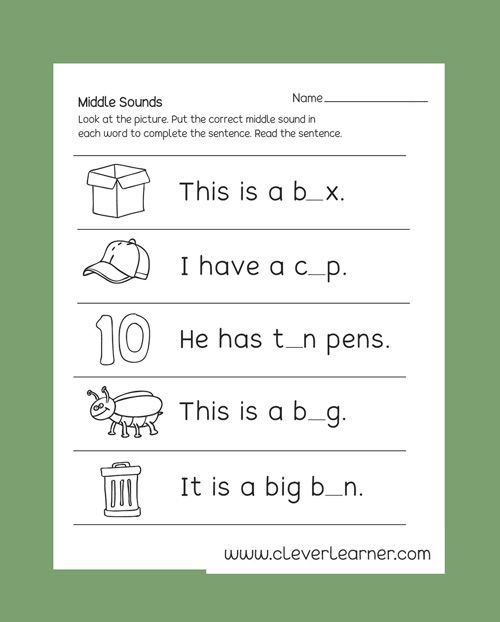
Classes are taught by teachers and psychologists of the children's center "DIVO".
More courses for children 4-5 years old:
Parental consultation
Speech therapist, teacher, psychotherapist, defectologist
individually
Read more Sign up!
Consultation, individual lesson
Speech therapist, teacher, psychotherapist, defectologist
individual
Read more Sign up!
Children's specialists
Consultations and remedial classes with a speech therapist, psychologist, defectologist or teacher, including for children with disabilities.
Sign up!
LONGITUD DIAGNOSTICS
Psychological and pedagogical diagnostics of the level of development of the child, expert opinion and consultation of parents. Individual program for the development of the child.
Read more Sign up!
VIDEO lessons for children 4-5 years old
Comprehensive educational program:
- speech development
- fundamentals of mathematics
- the world around and creativity
- psychology: memory, attention, thinking
Read more Sign up!
Learning by playing
Speech development.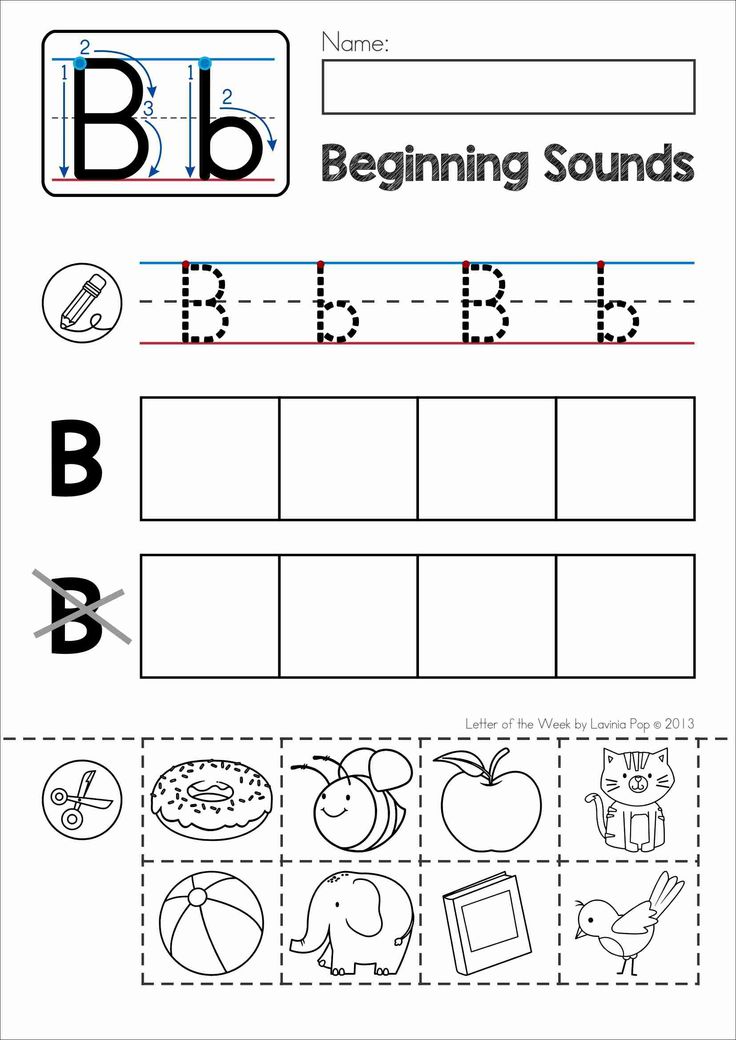 Maths. Memory, attention, thinking. The environment and creativity.
Maths. Memory, attention, thinking. The environment and creativity.
1-2
times a week
Read more Sign up!
School of the future lyceum student
Official agreement with the Lyceum №36. Comprehensive preparation for the ShBP Lyceum No. 36
2
times a week
Sign up now!
Reading. Development of speech
Development of reading skills, vocabulary, grammar and coherent speech.
one
once a week
Sign up now!
Mathematics and Logic
Formation of mathematical concepts and development of logic
one
once a week
Sign up now!
English
Fundamentals of the language in accordance with the age characteristics of children
1-2
times a week
Sign up now!
Montessori
Educational activities for children according to the Montessori method.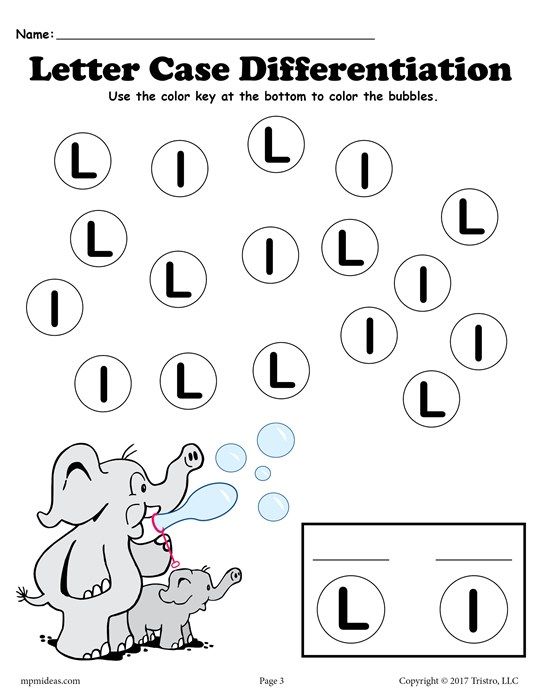
one
once a week
Sign up now!
Musical mosaic
Musical and creative development of children
one
once a week
Sign up now!
Theater Studio
We develop speech, learn to express emotions, participate in performances.
one
once a week
Sign up now!
Drawing and creativity
We develop motor skills, imagination, attention, spatial and creative thinking.
one
once a week
Sign up now!
Painting
We master the basics of painting, develop motor skills and imagination.
one
once a week
Sign up now!
Modeling. Plasticineography
We develop imagination, motor skills and interhemispheric communication. We learn accuracy, reduce excitability.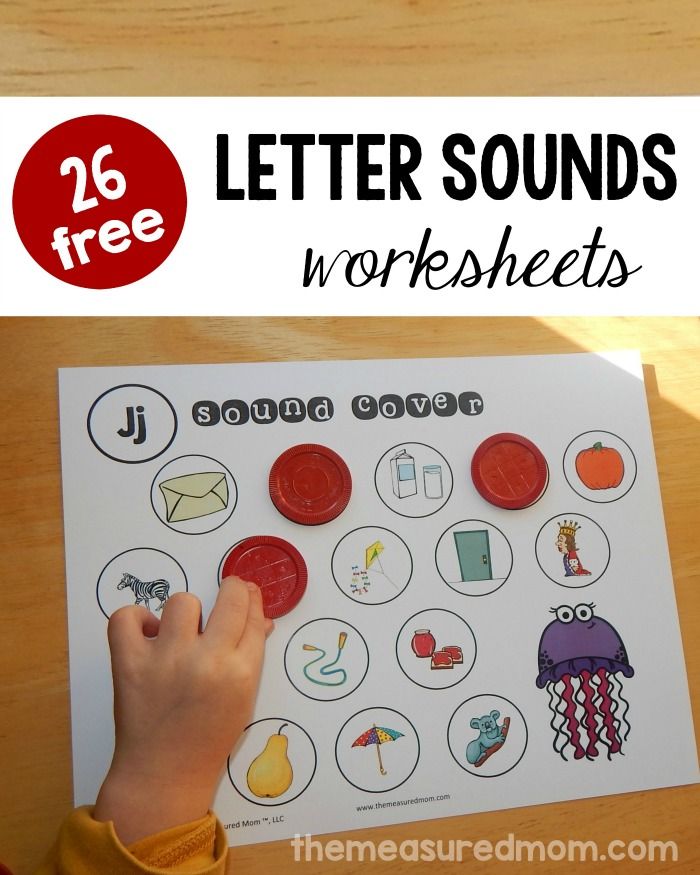
one
once a week
Sign up now!
Choreography
Dance courses in different directions. We develop physical health, strengthen posture and the vestibular apparatus.
1-2
times a week
Sign up now!
Health-improving gymnastics
Game classes aimed at stretching, posture formation, flexibility and artistry.
2
times a week
Sign up now!
We develop self-control, coordination and plasticity, form the correct posture, learn to breathe correctly.
2
times a week
Sign up now!
Prevention of flat feet. We develop physical health, strengthen posture and the vestibular apparatus.
1-2
times a week
Sign up now!
Courses for other agesSign up for course
Contacts
Private preschool educational institution "Center "DIVO"
Our phones:
(831) 215-10-63 (Office)
(831) 215-10-65 (Children's Center)
3 Our office: Nizhny Novgorod, st. Yanki Kupala, 34
Yanki Kupala, 34
Our e-mail: [email protected]
Our site: www.centr-divo.ru
Leave the application
What is Montessori-SAD
Vika Vishnyakova
6 years old educates children under the Montessori system
9000 years, I noticed that I was bored around the clock to develop his emotional intelligence and train different skills, contrary to the advice from books for parents.I liked it when the child did his own thing, and I did mine. It was great sometimes to do something together, but I didn’t want to be 100% involved in his life and not have a single minute of personal time. Because of this, I felt like a bad mother and thought that my child was terribly unlucky with me.
The psychologist I turned to for advice reassured me: everything is fine with me. And my requests regarding the upbringing of a child are fully met by the Montessori system. Its main principle is to create an environment through which the child will learn the world.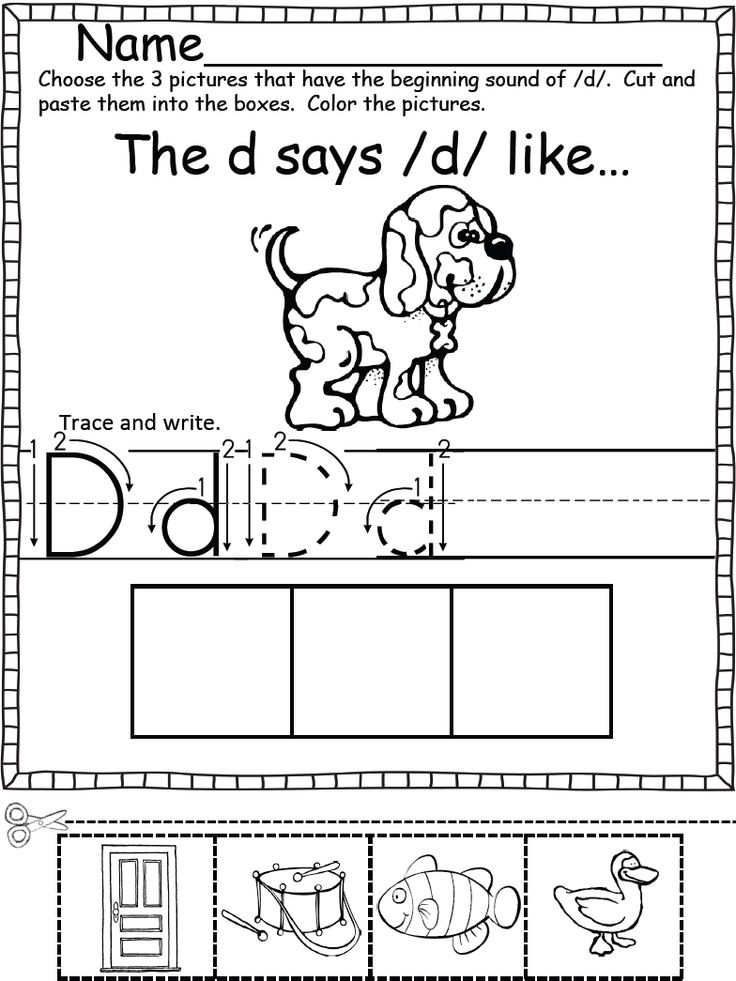 It will take effort, but I will not have to work as an animator 16 hours a day.
It will take effort, but I will not have to work as an animator 16 hours a day.
In order not to mess things up, I decided not to comprehend new things on my own, but to send my son to a Montessori kindergarten. I’ll tell you how to choose it, how such a garden differs from the usual one, and how much it costs.
What is the Montessori system
At the beginning of the 20th century, the Italian scientist and physician Maria Montessori founded a special pedagogical system. Its goal is to create an environment in which a child can grow and develop at his own pace, independently choose what and how much to do.
About the Montessori Method - International Montessori Association
AMI Standards for Montessori Classes
In 1929, Maria Montessori founded the International Montessori Association, or Association Montessori Internationale - AMI. And almost 10 years later, it became a training center for Montessori teachers.
Today, the activities of all children's institutions operating under this system are regulated by the international standard. It rests on three main components: a properly organized environment, trained teachers and groups of different ages.
It rests on three main components: a properly organized environment, trained teachers and groups of different ages.
How the space is organized in a Montessori garden
The group in which children study is called a Montessori class in such a garden. The room is usually divided into four zones:
- The practical life exercise zone teaches kids about everyday things. For example, getting dressed, cleaning up after yourself, or preparing food.
- The mother tongue area helps you prepare for learning to read and write. There are a lot of cards with images of objects, rough letters, a movable alphabet, simple books.
- Mathematics zone introduces numbers and teaches you how to count.
- The Sensory Development Zone helps develop the child's senses. For example, you can blindfold and touch unknown objects in the bag. And you can listen to the ringing of bells of different sizes.
Montessori materials approved by the International Montessori Association replace toys in each area. They are distinguished from ordinary toys in kindergarten by clear rules of use and functionality: using educational materials, the child does not just have fun, but trains certain skills. For example, he learns to count, distinguish colors or use a rolling pin and a scoop.
They are distinguished from ordinary toys in kindergarten by clear rules of use and functionality: using educational materials, the child does not just have fun, but trains certain skills. For example, he learns to count, distinguish colors or use a rolling pin and a scoop.
If in an ordinary kindergarten, kids play with dolls and cars, making up rules on the go, then in a Montessori class, the materials themselves dictate how they are used. For example, jars of scents encourage a child to start sniffing and developing their sense of smell, while closed boxes with different fillings make it possible to shake them and discover that even noise has sound shades.
/list/security-child/
What should be in a safe kindergarten and school
There is only one copy of each material in the class. If he is busy, the child will have to wait. This is how patience and respect for others are cultivated. It is forbidden to bring your toys to class, because a conventional soldier or airplane can distract the child from the main goal - to explore the space around him and learn to hear his desires.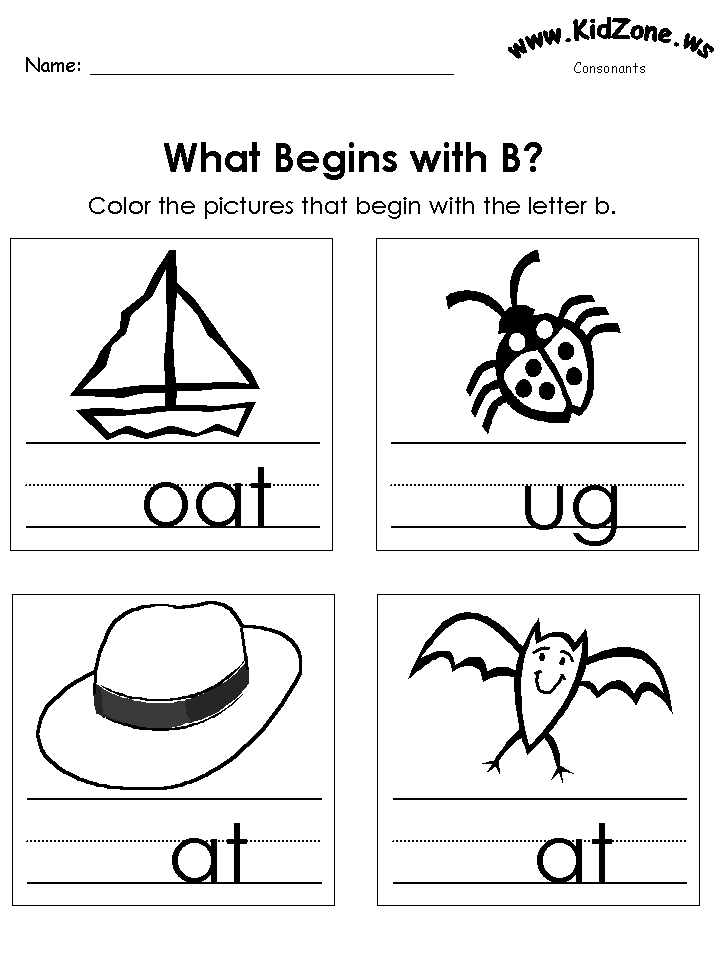
You can hone your cognitive skills and independence in a Montessori environment not only in the classroom, but also in the kitchen and even in the locker room. The latter is especially significant. To enter the classroom, the child needs to put shoes on the right shelf, find his locker, undress, put things on the shelf, put on a change of clothes.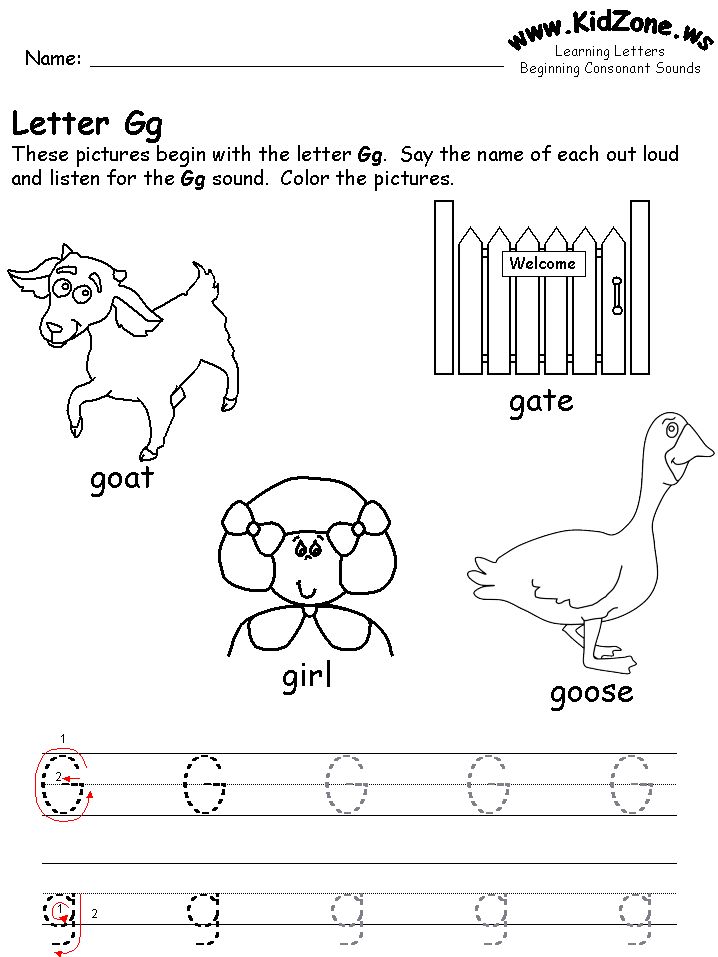 All this requires from him no less concentration and coordinated work of different parts of the brain than, for example, drawing geometric shapes.
All this requires from him no less concentration and coordinated work of different parts of the brain than, for example, drawing geometric shapes.
The space of the entire kindergarten, as well as all materials and objects, must be adapted to the age characteristics of children. For example, hooks for clothes are at the level of a child's height. A personal locker - not with a name, but with a picture, because the kids still can't read. All this in order to observe one of the main precepts of pedagogy: "The child is taught by what surrounds him."
They also take prohibitions seriously here: everything that is not allowed is closed, removed or explained with the help of pictures so that the children understand. For example, children are not allowed to enter the hot shop of the kitchen, so there is a heavy door with a high handle and a large poster with a red cross. This is clearer than an open door and the teacher's words that for some reason you don't need to go there.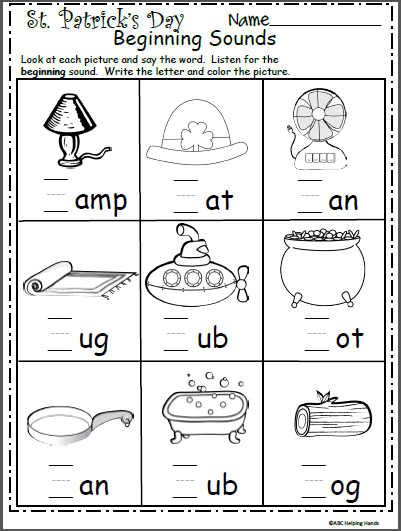
How groups of different ages are organized
In ordinary kindergartens, children are quite strictly divided by age: 2-3 year olds who are still poorly able to even eat and dress on their own, study separately from those who are already learning letters with might and main and getting ready for school.
The Montessori system also has age levels, but others: 0-3 years old, 3-6 years old, 6-12 years old, 12-15 and 15-18 years old. It turns out that the kindergarten completely covers the stage for children from three to six years old: children who fall into this range by age can go to the group at the same time.
Maria Montessori called the age from three to six years the period when the child is in the role of the builder of himself and actively develops his abilities in all areas: he learns to control his body, speak, touch the world around him and analyze his sensations. Source: mchildren.ru Although children in a group may differ significantly from each other in skills and behaviors, this does not bother teachers. On the contrary, it forms a community in which children support and care for each other. So, those who are older become mentors for the younger ones and help them - this develops leadership qualities and teaches to support those who are weaker. It also benefits the younger ones: looking at the elders, they quickly become independent and more confident in their abilities.
On the contrary, it forms a community in which children support and care for each other. So, those who are older become mentors for the younger ones and help them - this develops leadership qualities and teaches to support those who are weaker. It also benefits the younger ones: looking at the elders, they quickly become independent and more confident in their abilities.
My eldest son went through all the stages within the same group 3-6: at first he was the smallest, and at the time of graduation he was one of the oldest. He liked to watch independent guys, and he actively strove to learn everything they could. When he grew up, he liked to help the younger guys. I think this is what helped him become a caring older brother.
Who can teach in the Montessori system
In the Montessori system, a teacher is not an overseer, but a guide to independence. He shows how to use this or that material, suggests what else is interesting in the area that interested the child, helps organize the work, but does not do it for the baby and does not evaluate the results.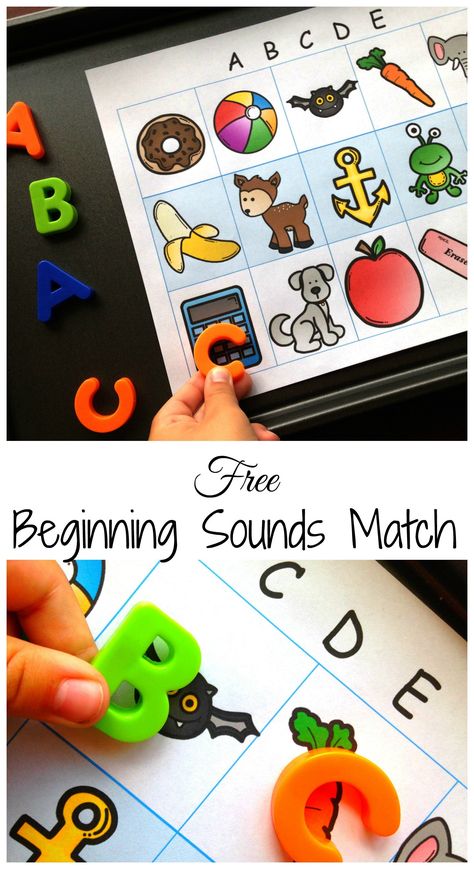
Guarantee of the quality of education of a teacher - the presence of an AMI diploma. You don't have to go abroad to get it. The course of the International Montessori Association can be taken, for example, in St. Petersburg. It lasts 20 weeks: you need to listen to lectures in person, complete theoretical and practical tasks, and pass an exam.
AMI Training Center in Russia
There are many training centers in Russia that have nothing to do with the International Montessori Association, but assure that teachers are taught according to this system. There is no talk of an AMI diploma, and there are no guarantees that the quality of education will match what the International Montessori Association offers.
It was important for me that the teacher in the kindergarten did not shout, did not speak irritably or abruptly. In my opinion, this is unacceptable. The Montessori system fully corresponds to this: a calm tone and a respectful, non-judgmental attitude towards the child are the basis of communication in Montessori classes.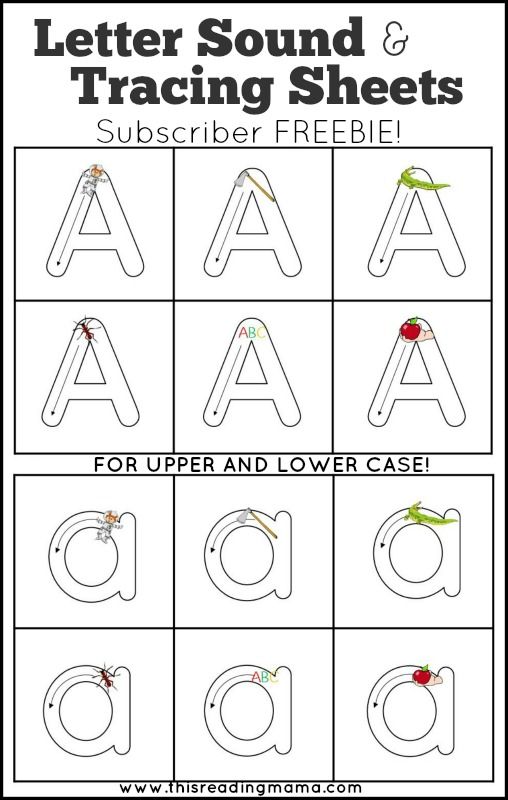 In addition, teachers are extremely attentive to each child, the pace of his development. Let me explain with an example.
In addition, teachers are extremely attentive to each child, the pace of his development. Let me explain with an example.
My four year old son had no interest in the area with letters, numbers and reading. Grandmothers sounded the alarm: supposedly, if you do not force and teach, then the child will never learn to write and read. But I was calm and knew that everything has its time.
At some point, a Montessori kindergarten teacher said that now she and my child spend a lot of time in the area of writing and numbers. I myself noticed the changes: my son began to bring home sheets of paper with colored numbers and attempts to write words.
Decided to clarify when love happened with this zone and how she understood it. I was afraid to hear about the "forced because it's time" approach. But everything turned out to be simpler and more correct. When the son was folding things, he noticed that the bent leg looked like "the letter that is drawn there." From this phrase, the teacher realized that the portal to the world of numbers and writing was open, and began to help the child master the materials of the language zone, into which he was finally drawn.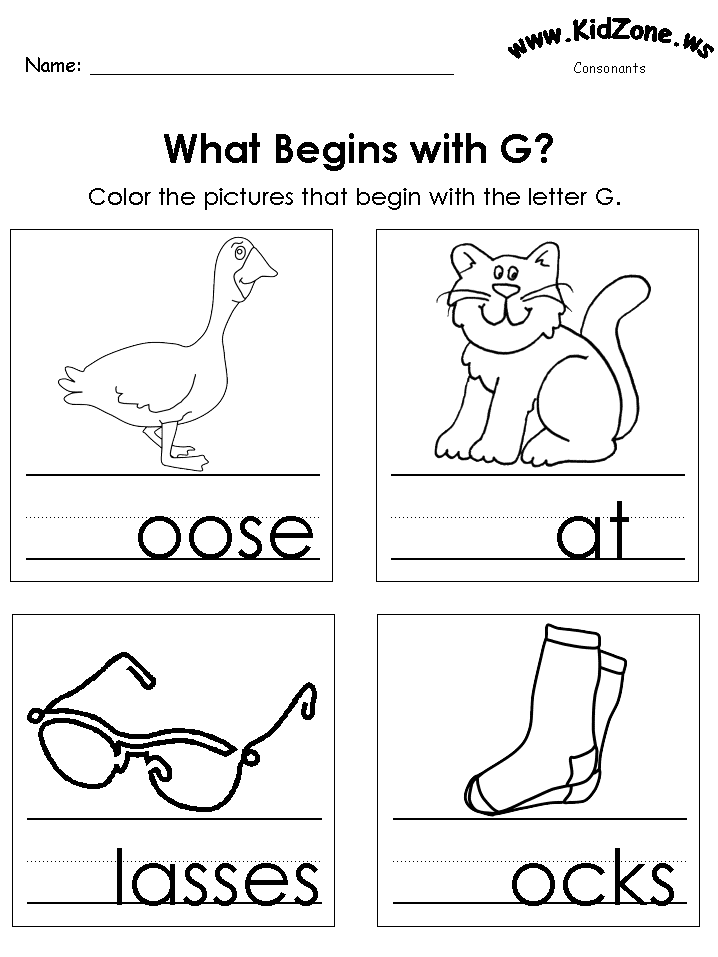
Montessori sensitive periods: what they are and why it is important for the teacher to notice them
Maria Montessori identified six main sensitive periods of development - this is the age at which the child opens the so-called window of opportunity. It is at this time that it is easiest to teach him to read, write, sort out small objects or be friends with other children. It is also possible to develop skills earlier or later, but it will take a child more effort and time to master them.
Periods cannot be predicted in advance: for each child this happens at different moments in life. But the age ranges when they can open up are known:
- From birth to age 3 - perception of order.
- From birth to 5.5 years - sensory development.
- From birth to 6 years - development of speech.
- From 1 year to 4 years - the development of movements and actions.
- From 1.5 to 5.5 years - perception of small objects.
- From 2.
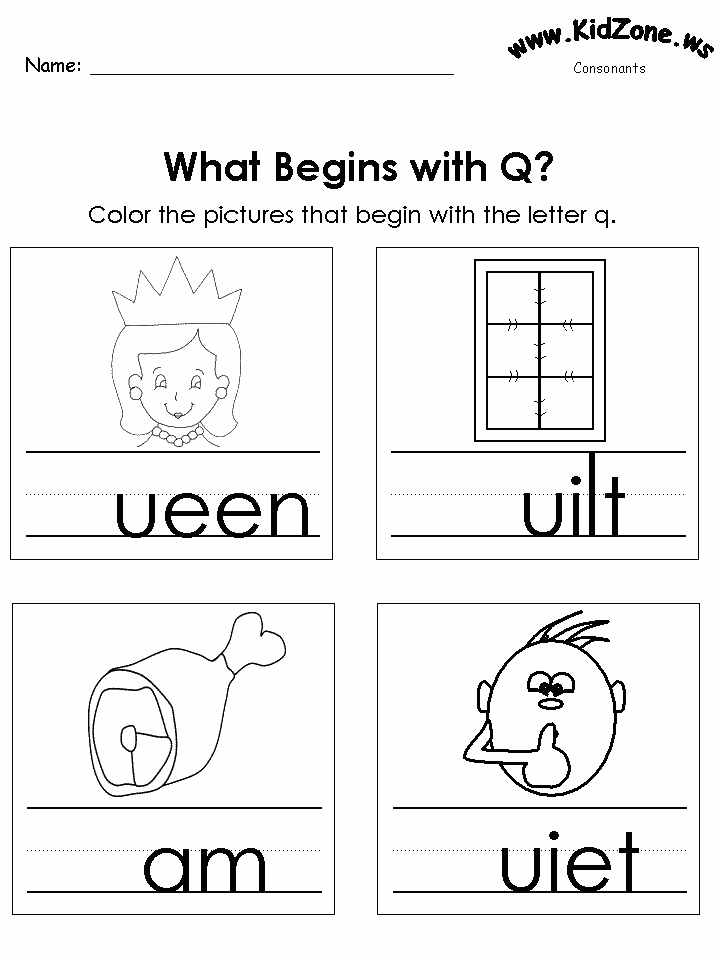 5 to 6 years - development of social skills.
5 to 6 years - development of social skills.
An attentive Montessori educator is able to notice when a window of opportunity has opened by observing the child and noticing what he is drawn to and what he is concentrating on.
I also like that Montessori teachers don't just try to ban something. Their goal is different - to explain to children the logic of the rules: why you can’t make noise during quiet time or why you need to quickly collect spilled water from the floor. When a child understands why a rule is needed, they are more motivated to follow it.
However, even the most logical rules do not guarantee that a child will always follow them. For example, during a walk, children should not go to the playground for schoolchildren. And if the child has forgotten about this or does not want to follow the rule, then the teacher will not try to call the three-year-old to the voice of reason. He will sympathize and help you survive this moment: “Do you want to go there? Understand. Let's sit down and think about how we can deal with this." That is, it will reach the goal not through punishment and severity, but with the help of kindness and responsiveness. But they won't let you on the site.
Let's sit down and think about how we can deal with this." That is, it will reach the goal not through punishment and severity, but with the help of kindness and responsiveness. But they won't let you on the site.
/baby-dont-cry/
4 child development crises from birth to school
Daily routine in the Montessori garden
Beginning of the day. Classes start at 09:00. This does not mean that you need to be in class at this time. The main thing is to cross the threshold of the garden and start immersing yourself in the Montessori environment in the locker room. It is specially equipped to make the child comfortable.
In a Montessori kindergarten, the dressing area is part of the general classroom. Behind the son's back, you can see how everything is organized: comfortable open lockers and benches, so that children can practice taking off and putting on clothes while sitting Eating. Breakfast, lunch and dinner are scheduled.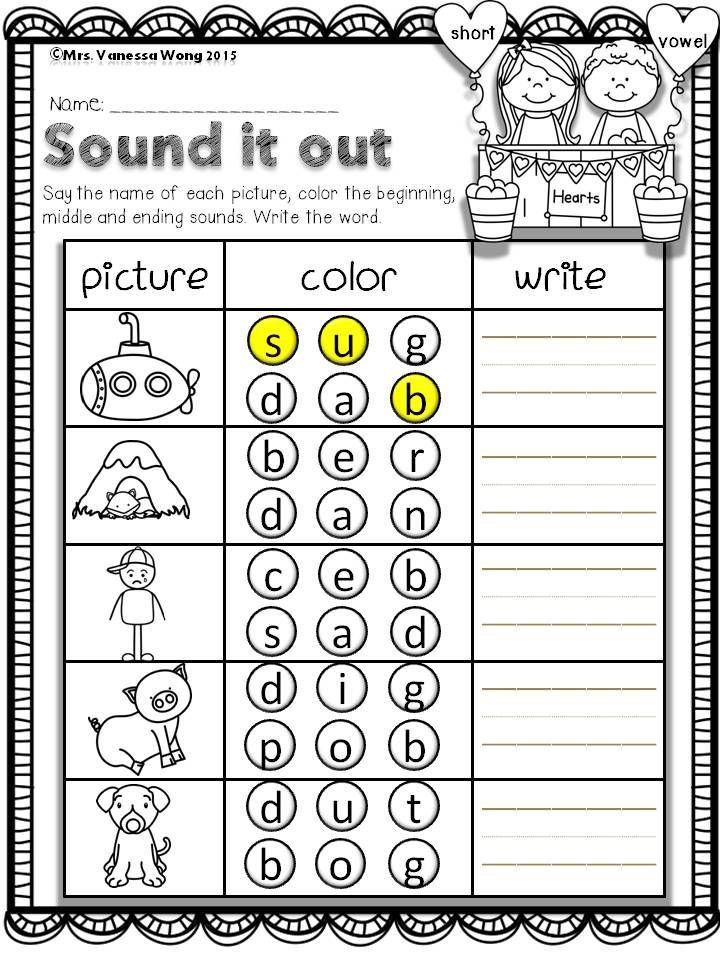 But this does not mean that you need to go eat with everyone, even if you don’t feel like it. The meal lasts not 10-15 minutes, but an hour and a half. At any time during this time, the child can join the breakfast teachers and children. And vice versa, he can go to breakfast first and not wait for others to gather.
But this does not mean that you need to go eat with everyone, even if you don’t feel like it. The meal lasts not 10-15 minutes, but an hour and a half. At any time during this time, the child can join the breakfast teachers and children. And vice versa, he can go to breakfast first and not wait for others to gather.
Children are not given portioned food on a plate, as in a regular kindergarten. Here the guys themselves set the table and put as much as they want to eat. If necessary, the teacher comes to the rescue - tells what is cooked today, invites the child to join. But does not decide for him.
/mannaya-kasha/
What is wrong with food in kindergartens
| In the Montessori Garden, children prepare their own snacks if they are hungry | After that, they clear the table and wash the dishes |
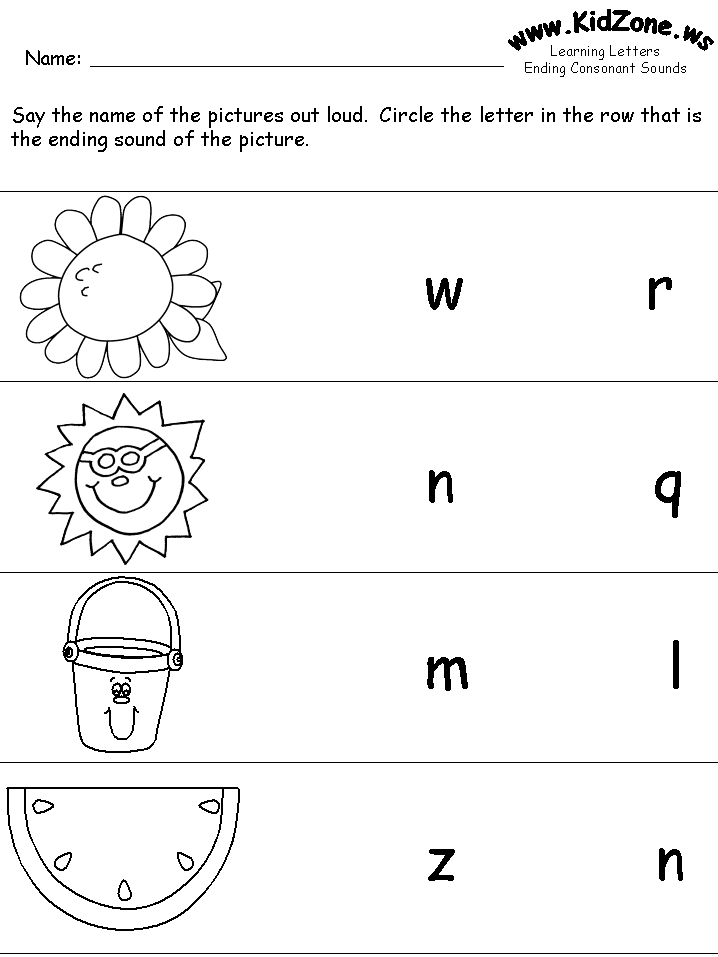 After that, they clear the table and wash the dishes.
After that, they clear the table and wash the dishes. Education. There are no individual activities in the Montessori Garden. All this is replaced by a thoughtful environment: tables that are convenient for the child to approach, a kitchen where children can put their own food, learning materials for self-study - the child can take them when he wants.
At every step and in every little thing you can see the care for the kids and the reflection of the motto "Help me do it myself."
Sleep and walks. Due to the lack of a rigid schedule, it may seem that anarchy and lawlessness reign in the classroom. But this is not so.
The Montessori garden has its limits: walks and sleep are always on schedule. But within these limits, the child does what he wants. And this is fully consistent with the main commandment of Montessori: freedom in a given range.
For example, on the street, a baby can ride down a hill, make things out of snow, or just sit on a bench - he decides for himself. But the child does not decide when to go for a walk - this is the competence of teachers.
But the child does not decide when to go for a walk - this is the competence of teachers.
The same with sleep: the children go to bed all together, and not when they want to. If the child does not want to sleep, he can lie quietly in bed and listen to a fairy tale read by the teacher. But you can’t get dressed and leave the room, because this may interfere with other guys.
How we got our son into a Montessori garden
I chose a Montessori garden for a short time. The search engine gave several options, the nearest one turned out to be 10 minutes on foot from us.
For admission, a minimum package of documents was required: a passport of one of the parents, a birth certificate of a child and a vaccination certificate - it could be brought later. At the same time, the presence of any vaccinations was not mandatory.
What vaccinations does your child need?
This is what a vaccination certificate looks like. It is usually given out at the clinic when the first vaccination is given to the child.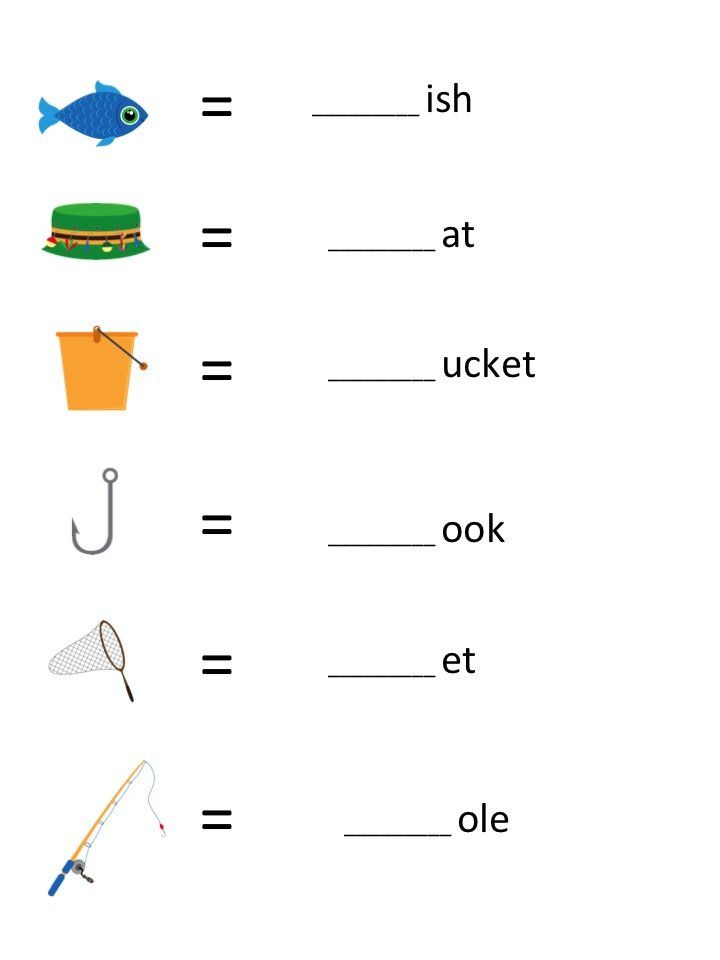 Subsequently, information about all vaccinations that are given throughout life is entered into the document. Source: cemashko.ru
Subsequently, information about all vaccinations that are given throughout life is entered into the document. Source: cemashko.ru For the first time, we brought our son to an empty classroom: all the guys were out for a walk. Such a gentle approach was suggested in advance by the teacher herself: it would be a big stress for the kid to immediately be in a group with other children and leave his mother outside the door. At that time, my son was 2.5 years old and it was his first kindergarten.
The teacher first talked to me so that the child could see that the mother trusts this adult. Then she switched to her son and invited her to play together. I watched this while sitting in the corner. The kid knew that he could come up to me at any moment, so he was not worried and was actively interested in toys.
From the first lesson, the Montessori teacher communicates with the child on an equal footing and can captivate even the most shy kid An hour later, the acquaintance lesson ended.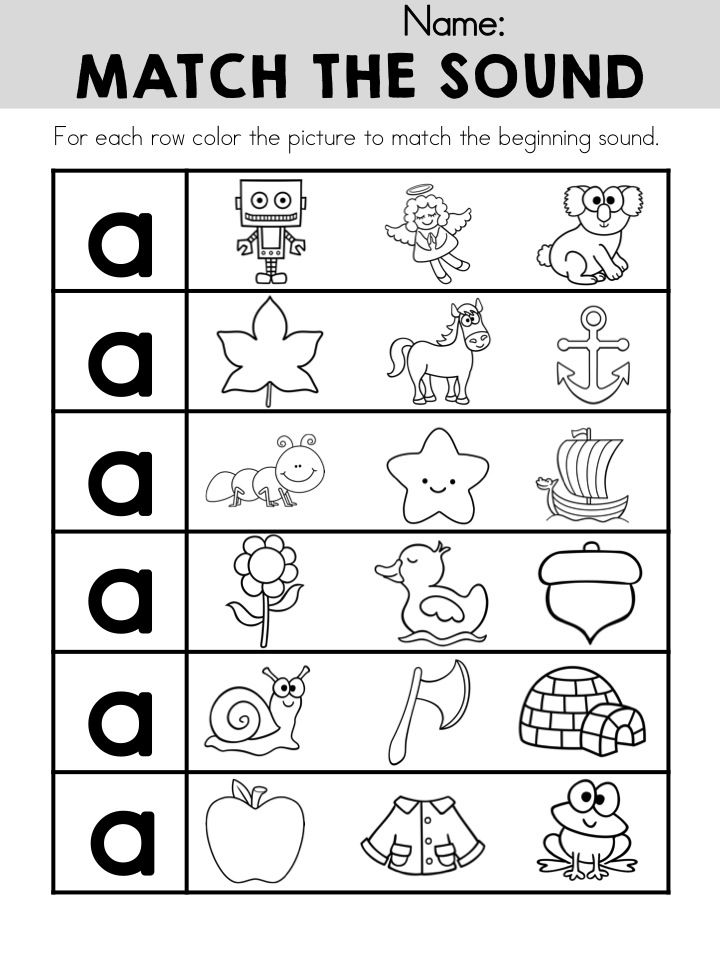 The teacher took her son by the hand to the locker room, said that she liked playing with him and tomorrow she would be waiting for him again. She reminded me that other children would come, but she would always be there.
The teacher took her son by the hand to the locker room, said that she liked playing with him and tomorrow she would be waiting for him again. She reminded me that other children would come, but she would always be there.
I liked the conditions in the kindergarten and the attitude of the teachers towards the child. Only the price was frustrating: an ordinary private garden near the house in 2015 cost less than 15,000 R per month, this one - 25,000 R. We did not consider the state garden at all: I wanted to introduce the Montessori method into our lives and thereby simplify our lives. An ordinary kindergarten was not suitable for this.
As a result, my husband and I decided to overpay, but to give preference to the Montessori method. We signed the contract, and the son began to visit the garden from one and a half to four hours. So it was while the period of adaptation lasted. In our case, it took almost three months. Gradually, the son switched to a full day.
/topotushki-net/
How I helped my child adapt to kindergarten
How I organized a Montessori environment at home Montessori cannot be limited by classroom walls.
 It is necessary to adjust the home environment to it. Otherwise, it will be difficult for the child to feel comfortable both in the garden and at home, because different principles are followed in these places.
It is necessary to adjust the home environment to it. Otherwise, it will be difficult for the child to feel comfortable both in the garden and at home, because different principles are followed in these places. I began to think about how to bring the home environment closer to the Montessori environment. And that's what she did.
Arranged the rooms so that the child could look after himself. We started from the kitchen: we put all children's cutlery in the lower drawers - those that are within the child's reach.
We did the same with other rooms: we moved children's clothes to the lower shelves in the closet, placed children's stools and coasters around the house, and also bought convenient boxes for toys. The child got the opportunity to dress himself, get to the sink and wash his hands, take the necessary toys, play, and then put them back in the box.
An example of the organization of home space according to the Montessori system at home.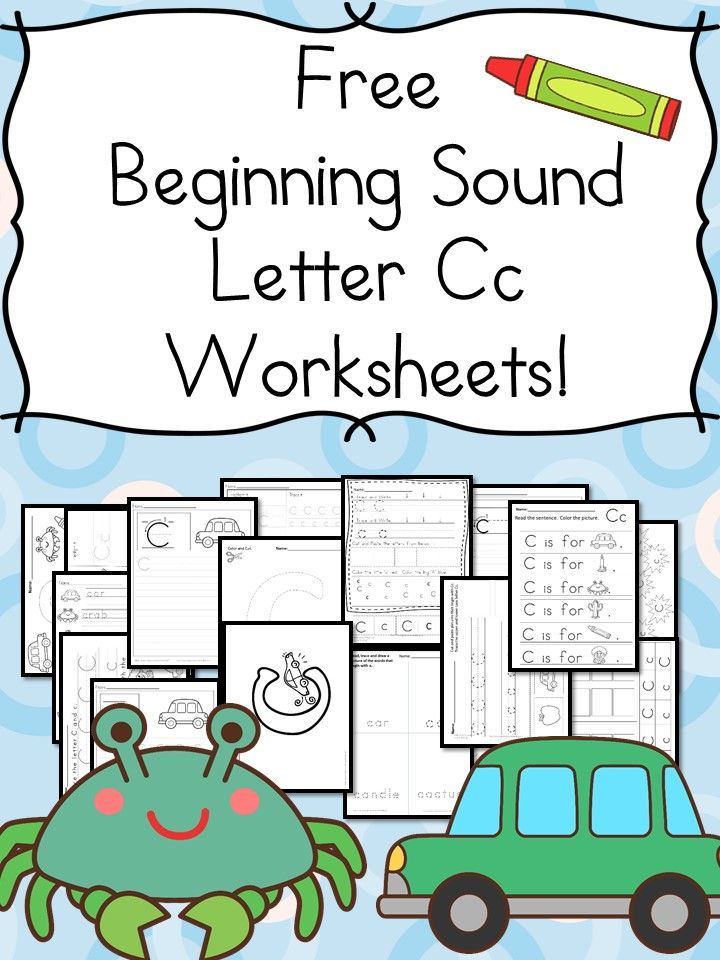 The child can independently take clothes or a toy - everything is adjusted to his height. Source: pinterest.ru
The child can independently take clothes or a toy - everything is adjusted to his height. Source: pinterest.ru I introduced the same rules in the kitchen as in the garden. Everyone sets the table for himself - takes a napkin, plate, cutlery. Then he independently serves himself food from a common dish on the table: at first a little, and if the feeling of hunger persists, you can put more.
I also added water and a plate of fruit to my son's access area so that he can quench his thirst on his own or take an apple if he gets hungry. This saved me from having to constantly break away from my business and run to wash fruit or pour water.
We also agreed that everyone would clean up their plates and mugs. This also made my life easier: kitchen service is now shared by the whole family, although before I pulled everything on myself. When the second child arrived, he took these rules for granted.
She stopped reacting sharply to her bored son.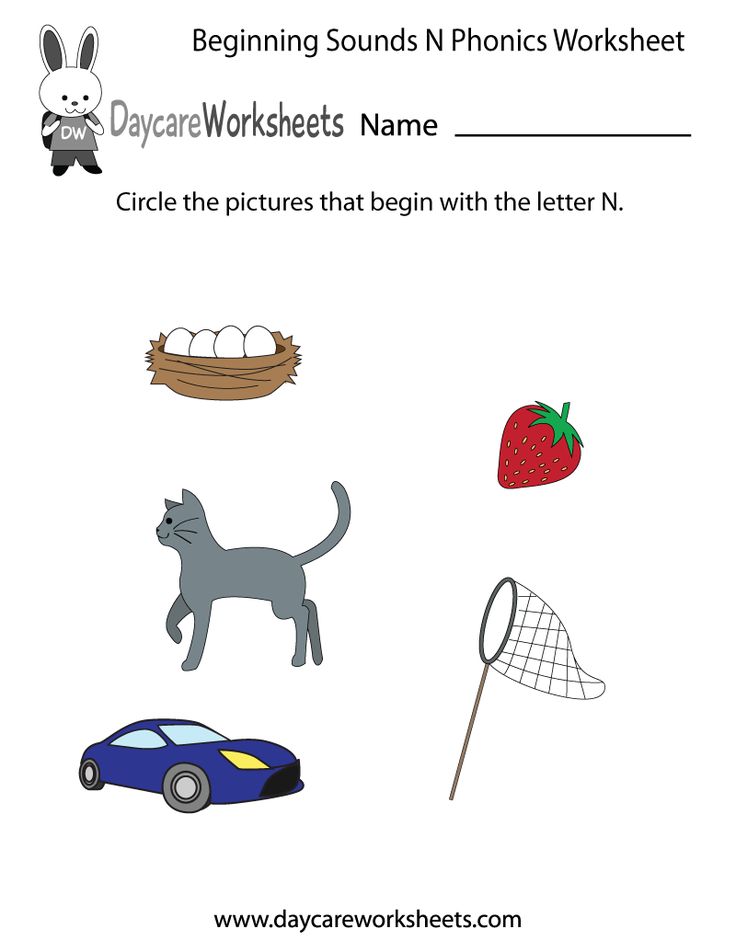 I used to play with my son all the time. And if she was busy and he said that he was bored, he felt guilty.
I used to play with my son all the time. And if she was busy and he said that he was bored, he felt guilty.
/happy-kid/
“Judge not the child, but the act”: 8 questions for a child psychotherapist
From the moment I got acquainted with the Montessori method, I realized that boredom is the most important tool for self-knowledge for a child. Now I react to his words about boredom with joy: "So be bored, it's cool!"
It works. The son quickly learned that you can do what you are interested in, and became more willing to try new things and quickly find something to do: sculpt from plasticine, flip through books, assemble a designer. Soon he began to skip the "I'm bored" item and immediately switched to an independent game. It gave me more strength and resources.
Revised my approach to bans. Before, I often repeated the words “no”, “don’t touch”, “don’t climb”, “don’t take”. Often, not because of the desire to save my son from danger, but rather because of the consequences that will be inconvenient for me.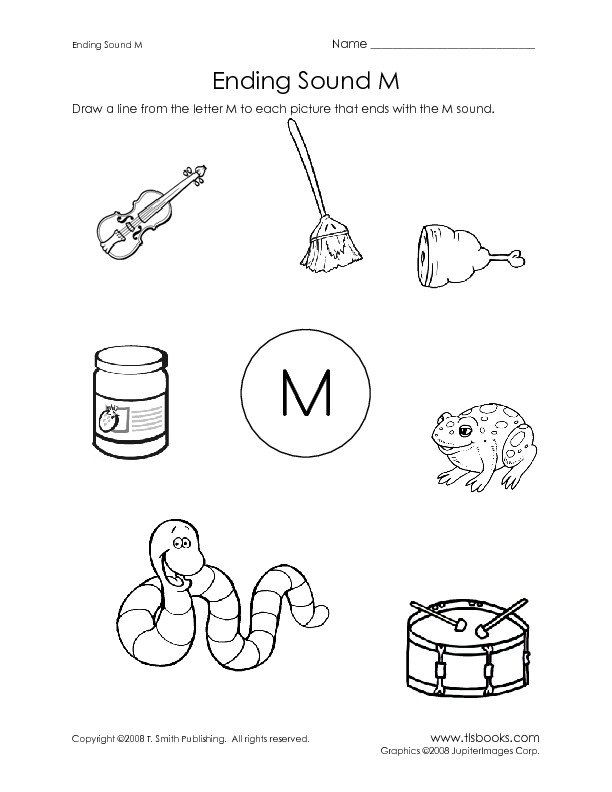 For example, if a child reaches for a vase, he can break it. This is not fatal, but inappropriate for me: you have to sweep for a long time, and then wash the floor to collect the smallest fragments.
For example, if a child reaches for a vase, he can break it. This is not fatal, but inappropriate for me: you have to sweep for a long time, and then wash the floor to collect the smallest fragments.
Let me remind you that in Montessori pedagogy everything that is really impossible is closed, removed and physically inaccessible to children. Therefore, instead of repeating “don’t” and “don’t touch” 20 times a day, I moved the vase to the top shelf, where the child can’t see it and physically can’t get it.
Sometimes I still had to say “no,” and I briefly explained why. My son was indignant, but I had the strength to endure it. It is hard to endure a child’s negative emotions 20 times a day: the resource of acceptance is quickly exhausted and instead of sympathy, anger, irritation and even aggression are born. But taking it out just a couple of times a day is quite tolerable.
How our lives have changed with the advent of the Montessori system
I noticed that not only did I feel better, but my family also changed for the better. Here's what's changed.
Here's what's changed.
The quality of time spent with the child has improved. When I stopped being an animator and maintenance staff, I began to devote more time to myself. My "battery" was almost always full. And I began to notice that I myself want to spend time with my son. It didn’t matter what exactly to do together: play, cook dinner or just lie on the bed. But do it only as much as you have enough strength and mood.
We began to spend less time together, but with more involvement from me. From this they became closer and friendlier. I am less likely to get angry over trifles and show more understanding. And the son seemed to melt - he became more affectionate. And due to the fact that I began to pull him down less and boil over trifles, he began to hear me more sensitively.
The son has become more independent. The son became more independent. It was no longer discussed that he should brush his teeth, get dressed and get ready for the garden himself. Soon we had a second child, and the independence of the elder greatly saved my resource. And after the elder returned from the kindergarten, we played together, read and laughed, and did not spend the evening persuading us to eat, clean up and change clothes.
Soon we had a second child, and the independence of the elder greatly saved my resource. And after the elder returned from the kindergarten, we played together, read and laughed, and did not spend the evening persuading us to eat, clean up and change clothes.
My husband and I have become more friendly. Before the appearance of children, each of us had our own view on education. Often, when it was necessary to agree, the argument "it's just necessary" was used. Why this is so, and not otherwise, no one knew.
Therefore, when we sent our son to a Montessori kindergarten, we began to work on ourselves: we took turns talking with the leading teacher, attended free lectures by a garden psychologist, and then paid seminars.
This gave its results. We began to introduce new things into the process of educating and organizing our lives, not because it is accepted, but because we read, discussed with a psychologist and together came to the conclusion that we are better off this way.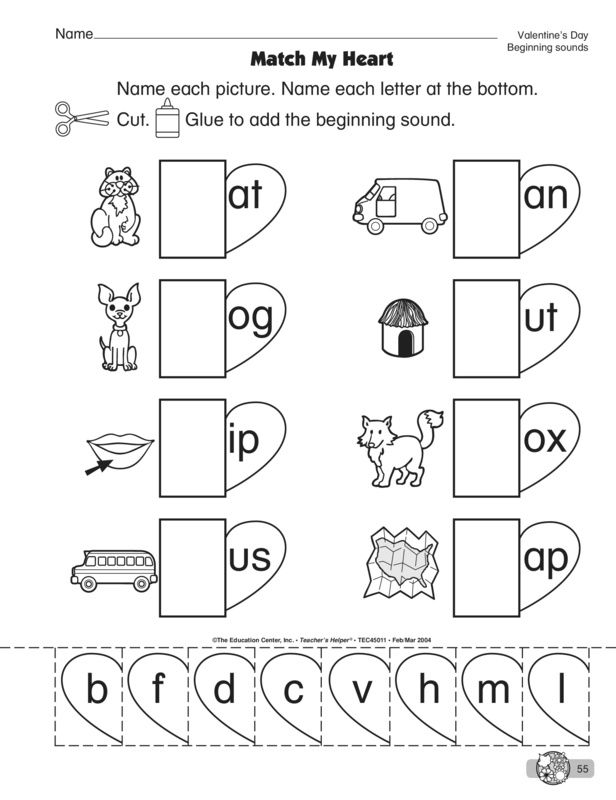 I ceased to be an authority and the only specialist in the family in raising children, and my husband took on a lot.
I ceased to be an authority and the only specialist in the family in raising children, and my husband took on a lot.
Why it was difficult to change the Montessori garden
A year later we decided to move and it became necessary to find another garden, closer to the new place of residence. It turned out that Montessori gardens are different. And with the first garden that met all the standards of this technique, we were just lucky. In addition to the high price, I ran into the main problem: not all gardens are actually Montessori, even if they openly declare this.
I signed up for a trial lesson at a Montessori garden that was close to the area we were going to live in. But I had questions for kindergarten already in the locker room.
/list/atypical-kindergarten/
English with a native speaker and early career guidance: 10 kindergartens in Moscow with an atypical program
In the former kindergarten, classes began from the moment the child crossed the threshold.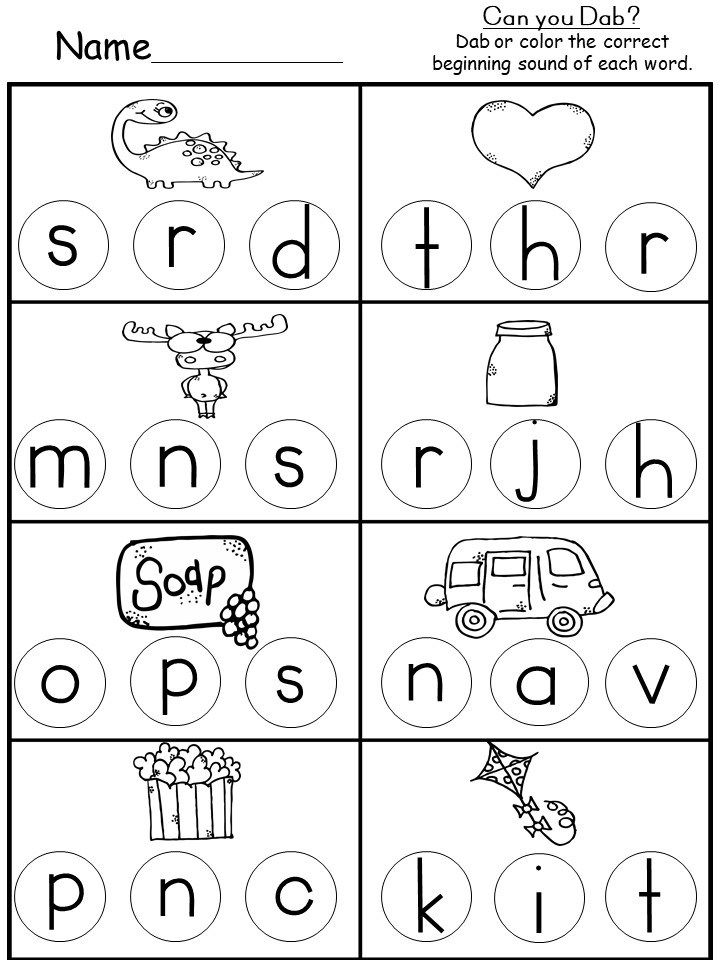 He immersed himself in a thoughtful environment and could learn independence. It wasn't here. Without the help of an adult, the child could not do almost anything: the hangers were high, there were few places for shoes and space for changing clothes, a bunch of adults and children crowded at the entrance, so everything had to be done quickly and not interfere with anyone. It looked like an ordinary apartment, but not the hall of a Montessori garden.
He immersed himself in a thoughtful environment and could learn independence. It wasn't here. Without the help of an adult, the child could not do almost anything: the hangers were high, there were few places for shoes and space for changing clothes, a bunch of adults and children crowded at the entrance, so everything had to be done quickly and not interfere with anyone. It looked like an ordinary apartment, but not the hall of a Montessori garden.
The doors were open everywhere - the children were drawn to see all the rooms. However, the idea of the creators of the kindergarten was different: first, everyone should be in the first room, where they can work with Montessori materials, and then move together to another room where they can draw. All this time, the parents who brought the children to the trial lesson had to keep the kids in their places and look for good arguments why they could not go into that room, but it would be possible in exactly 20 minutes.
This approach seemed illogical to me.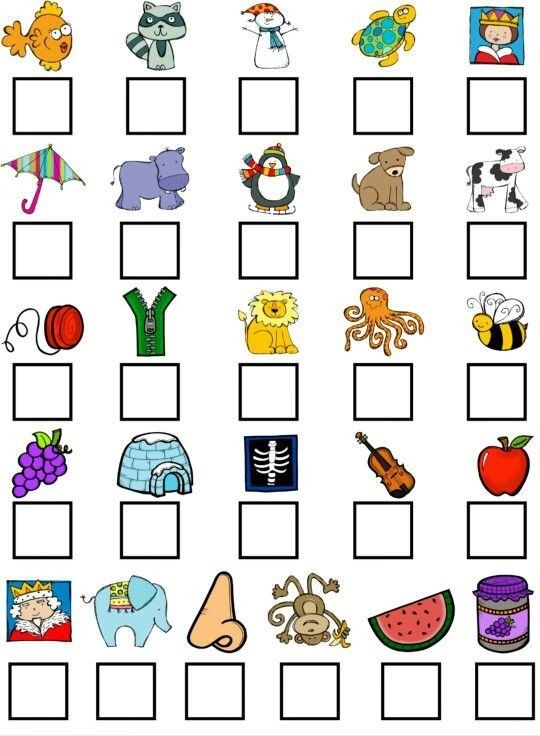 In addition, the son is used to the fact that if you first want to draw, and then flip through the book, then this is normal and you don’t need to wait for the others for this.
In addition, the son is used to the fact that if you first want to draw, and then flip through the book, then this is normal and you don’t need to wait for the others for this.
When children stopped responding to orders, basic values were manipulated and blackmailed: “Who is a naughty boy? Look, here Petya is standing straight, and you are spinning. It's not good to be like that!" It reminded me of a behavior pattern in an ordinary garden, which I myself once went to. There they did not separate the child and his act. And it was from this that I tried to protect my son.
In the previous kindergarten, the adult tried to establish contact with the child: squat down, look into the eyes, hug, call by name.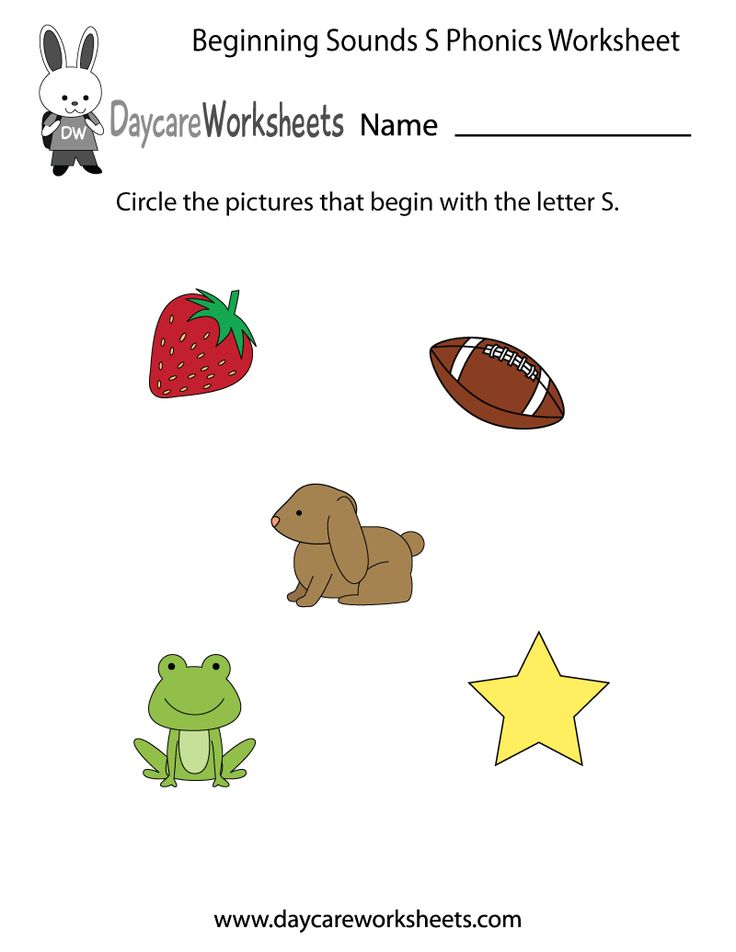 And only then ask for something. Often from our first Montessori teacher I heard a statement of fact. For example: "Look, the jacket is on the floor." The child himself thought out why it was said. But I never heard an assessment, accusation or order.
And only then ask for something. Often from our first Montessori teacher I heard a statement of fact. For example: "Look, the jacket is on the floor." The child himself thought out why it was said. But I never heard an assessment, accusation or order.
All these moments made it clear that the garden does not have a properly built environment and trained teachers - those important components that underlie the system. And the word "Montessori" in advertising is nothing but a marketing ploy.
What to look for when choosing a Montessori garden
The experience was unfortunate, but not pointless. To find a good Montessori garden, I began to read more thoughtfully about the system and even contacted teachers from the old garden. They said that sometimes a kindergarten can call itself that only in order to increase the cost of classes, although in fact the teachers read one book about the methodology and bought 1-2 materials per class. For parents who are not aware of the AMI standards, this will be enough.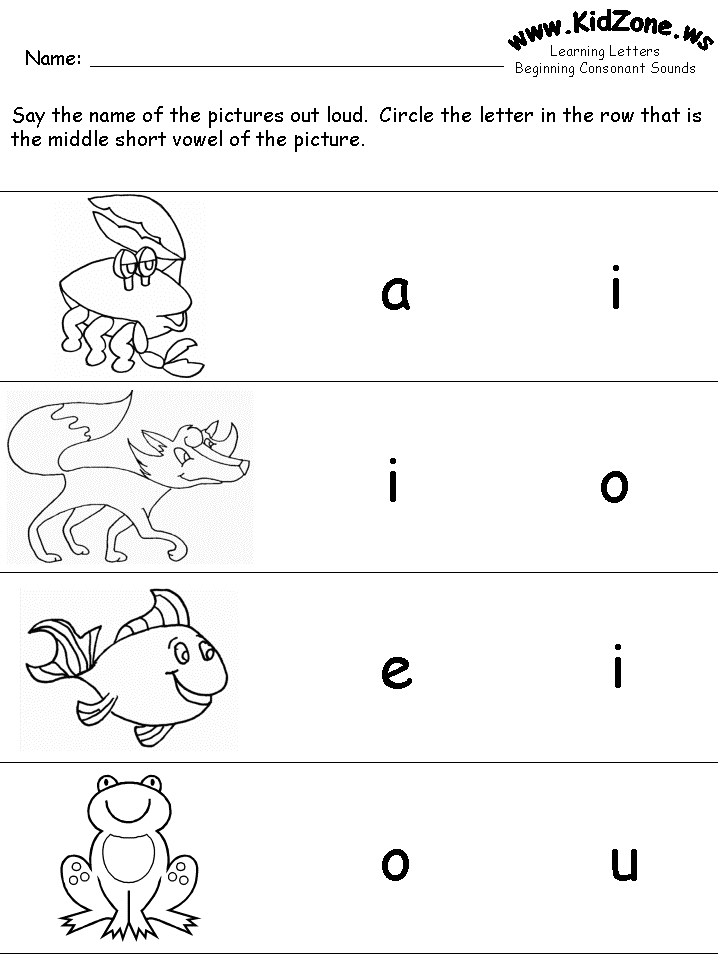
However, the garden may be on track to meet this standard. For example, the requirements for a Montessori environment have already been met, while teachers are still in the process of learning. Or, on the contrary, they have not yet purchased all the materials, but they have already recruited teachers who have passed certification.
Real Montessori gardens are often more expensive than ordinary private ones for several reasons: you need to find a spacious room that will meet the standards of the methodology, purchase materials for children, and train teachers.
Here are the steps I took to distinguish a real Montessori garden from a fake one:
- Independently checked whether a particular kindergarten meets Montessori standards. This can be done on the website of the Montessori Foundation in Russia, an affiliate of AMI. If the kindergarten is on the list, it means that it fully complies with the AMI standard. This is a guarantee that it adheres to the system that the founder of the method conceived.

- Signed up for a tour of the kindergarten. She paid attention to how the classes are arranged, what materials for teaching children are available, how teachers communicate with children.
- Talked to a teacher who could potentially put my son in a class. We discussed the features of the child's development, I explained what goals I set for the kindergarten, clarified the nuances of interaction and adaptation.
- Attended a trial lesson with my son. You should proceed to this point only if all the previous ones suit you.
These steps helped me quickly find a good Montessori garden - in fact, it was the first option after a bad experience. The eldest son attended him until he was 7 years old, then he moved to a Montessori school.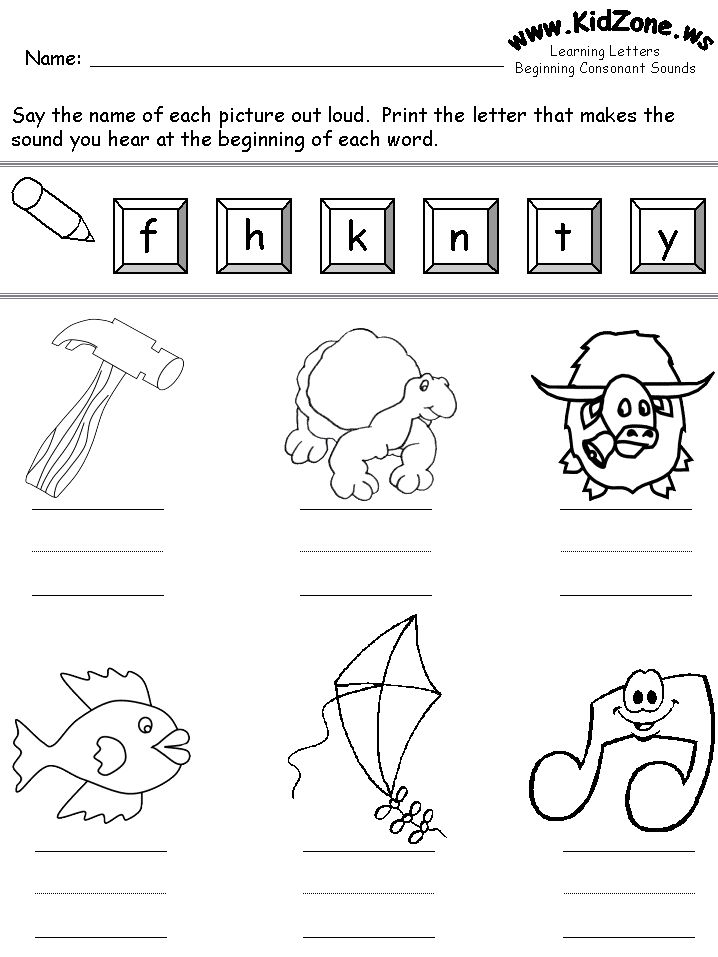 Now the youngest son also goes to the familiar garden.
Now the youngest son also goes to the familiar garden.
Our family has been familiar with the Montessori system for 6 years. During this time, I saw tangible advantages: the system helped me find time for myself, and my children found healthy freedom, without moralizing and imposing other people's attitudes.
I am glad that my sons understood the main idea: you need to achieve your goals on your own. It's the same with difficulties: you don't have to wait for someone to come and decide everything for you. The sooner you deal with the problem, the sooner you can do what you really want. But at the same time, you can always count on support and a sensitive attitude from adults.
Remember
- The basis of the Montessori educational system is the creation of an environment in which the child can independently choose what to do, grow and develop at his own pace.
- The Montessori system is based on three components. This is a well-organized environment with classes divided into zones and learning materials; a trained teacher with an AMI diploma; a group of different ages, so that the elders take care of the younger ones, and the younger ones become more independent.

- The main commandment of the Montessori garden is freedom within a given range. For example, walking, sleeping and eating always happen at the same time. These are some kind of framework. But within these limits, the child is free. On a walk, he can do what he wants, during a quiet hour - not sleep, but listen to a fairy tale, at lunch - join the guys not right now, but within an hour and a half.
- Teachers do not prohibit, but explain to children the logic of the rules. If the child does not want to accept the rule, the teacher will sympathize and help to survive this moment with the help of kindness and responsiveness. But it won't let you break the rule.
- The Montessori environment cannot be limited by classroom walls. It is necessary to adjust the home environment to it. The very first rule is to adapt everything around to the age characteristics of the child: cutlery, his clothes and toys - everything should be within his reach.
- Montessori gardens are more expensive than ordinary private gardens, because meeting the AMI standard is expensive: you need a spacious room, special materials for teaching children, and trained teachers.
